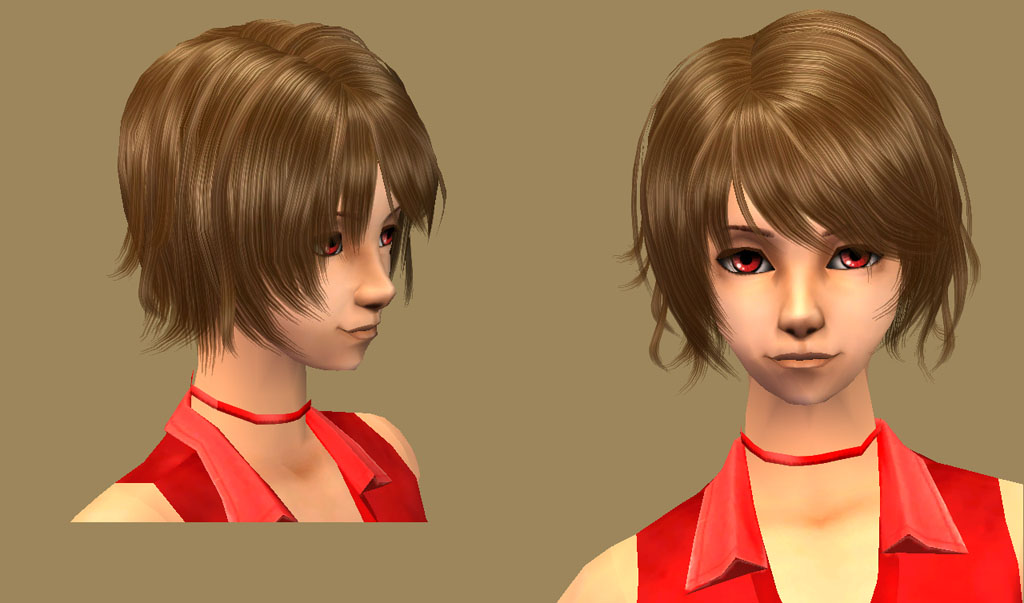


Fans later dubbed him ‘Shion Kaito’ to make his name suit the surname, first name naming convention of other famous Vocaloid characters. His earlier release also meant he had a more robot-like persona hence the lack of an official last name. Despite gaining traction around the same time as Luka and Miku, he had a rougher voice and pronunciation because he was designed to work with the first generation VOCALOID engine. KAITO, or just Kaito, was another Vocaloid created by Yamaha. Still, one of them has stuck long enough to be a mainstay of Vocaloid’s biggest hits. Since Vocaloid first became relatively popular up until today, male Vocaloid characters have been rare due to lower demand from producers and fans alike. Unlike other Vocaloid characters of comparable popularity, KAITO doesn’t have a lot of original solo songs since it was more common to use him as a love interest for other characters.

Saki Fujita’s personal popularity may also be credited for Hatsune Miku’s initial rise to fame since Japanese otaku culture tends to treat voice actors as celebrities.īecause of her popularity among fans and producers alike, Hatsune Miku is the singer of many Vocaloid classics such as World Is Mine, Rolling Girl, and Magnet. Hatsune Miku’s voice was sourced from Saki Fujita, a famous Japanese voice actress known for her roles in anime series such as Angel Beats!, Assassination Classroom, and Yashahime: Princess Half-Demon. Her release on August 31, 2007, heralded a boom in the popularity of Vocaloid characters that made Yamaha a giant in the scene. The virtual star has been featured in commercials in Japan and performed in several international concerts, including Coachella 2018. Even if you have no idea what Vocaloid is, you’ve likely seen her teal twin tails before. Hatsune Miku is the undisputed queen of all Vocaloid characters. Because of her popularity among fans and producers alike, Hatsune Miku is the singer of many Vocaloid classics such as World Is Mine, Rolling Girl, and Magnet.


 0 kommentar(er)
0 kommentar(er)
